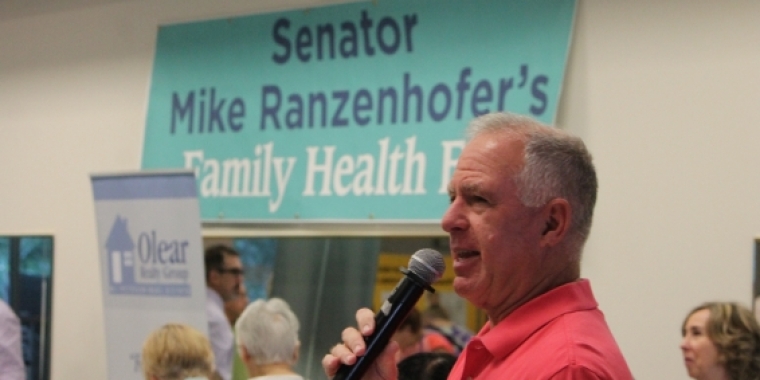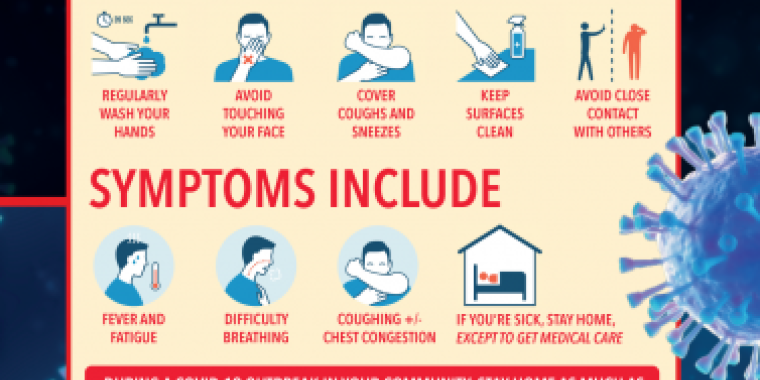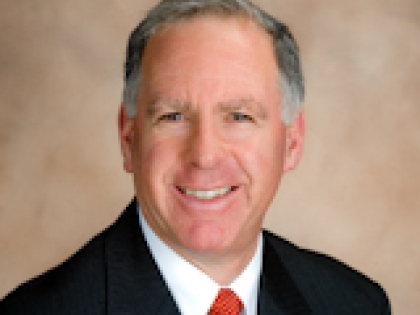
New Affordability Agenda Aims to Help Residents Stay and Thrive in New York
Senator Michael H. Ranzenhofer
January 17, 2018
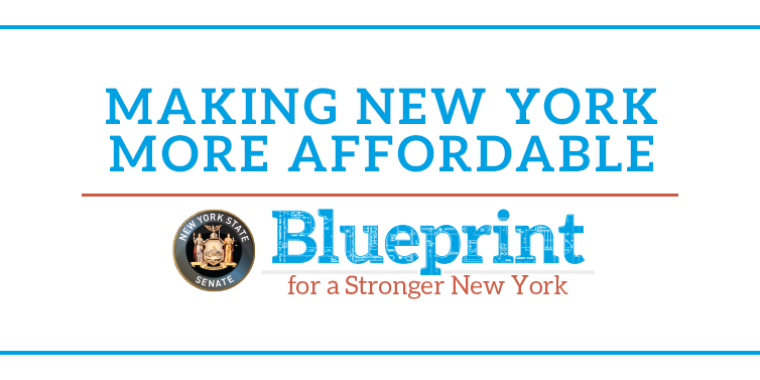
According to a recent study– conducted by moving company, United Van Lines– New York State had the third highest share of households moving to other states in 2017.
This outmigration of residents has occurred because of the high costs of living. New York’s burdensome, onerous taxes make it difficult to live, raise a family, own a home or retire in our state. That is why I recently backed a new plan to make the state less costly and more attractive for residents.
The 2018 Affordability agenda is focused on broad-based tax relief, as well as reforms to control spending and prevent tax increases.
The new agenda reinforces our commitment to the recently effective Middle-Class Income Tax Cut, on-time and as-promised. The start of the new year means millions of taxpayers will start to see savings from this landmark tax cut. Income tax relief will ultimately reach $4.2 billion a year, reducing middle-class tax rates by 20 percent for employees and tens of thousands of small businesses.
Property taxes are one of the major factors forcing residents to leave our state. In 2018, 2.5 million homeowners will receive nearly $1 billion in property tax rebate checks. The agenda proposes a 25-percent increase in rebate checks, further easing the local tax burden.
State energy taxes impose a major burden on families and seniors too. The agenda eliminates the two-percent Gross Receipts Tax on utility bills, resulting in $190 million in savings.
Each year, thousands of older residents leave their communities because of the taxation of a large portion of retiree pension income. The agenda helps to reverse this trend by doubling the current exemption on pension income, saving seniors $275 million.
Lastly, the 2018 Affordability Agenda advances critical reforms to finally end New York’s addiction to taxes and spending.
The plan proposes permanent caps on state spending and local property taxes. A self-imposed two-percent cap on state spending, during the past seven years, has saved taxpayers a cumulative $41 billion, while the property tax cap has saved taxpayers $23 billion since first being enacted in 2011. Together, restraining government spending and limiting property taxes have saved taxpayers a combined $64 billion.
Other vital reforms include a measure to require a super-majority vote on any state legislation that increases taxes and a constitutional amendment to ban unfunded mandates.
The 2018 Affordability Agenda builds upon the progress that has been made already, from the lowest middle-class tax rates since 1948 to 85 tax cuts saving taxpayers $12 billion to date.
This is a sensible approach to lowering the cost of living and stopping the consistent loss of population. Overall, it is designed to help individuals, families and seniors stay and thrive in New York by making it more affordable. I will be advocating for the 2018 Affordability Agenda during this year’s Legislative Session.
Share this Article or Press Release
Newsroom
Go to NewsroomTom Schreck
November 11, 2020

Better Business Bureau's Scam Presentation
October 19, 2020
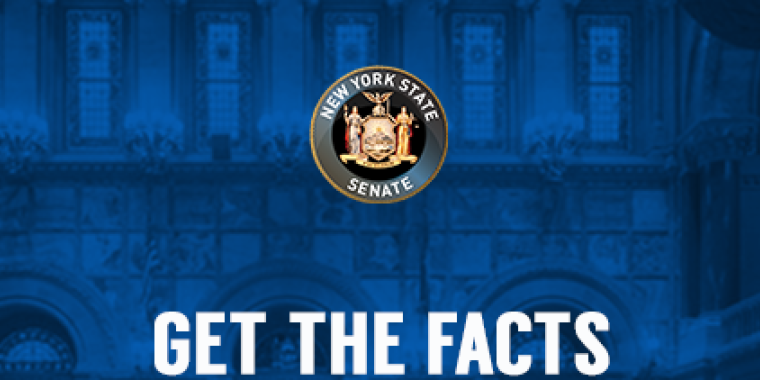
Senator Ranzenhofer's Health Fair Newsletter
September 29, 2020
